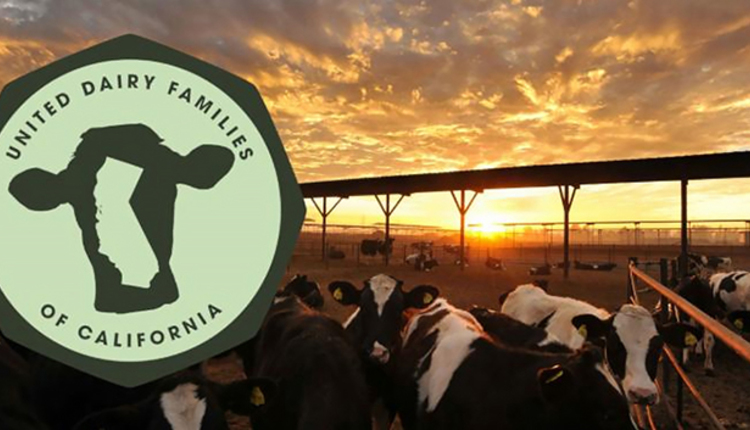
As bad as the first year without production quotas was for dairy farmers in the European Union (EU) in 2015, the second one is already looking worse.
The flood of new milk that began well before the 32-year-old quota brakes came off March 31, 2015, has only gone higher since then, despite a global market that is inundated with dairy products. Below-cost farm milk prices have followed, pushing many EU producers to the brink of financial collapse and into the streets demanding government help.
Even so, recent figures from multiple European sources show EU milk output continues to grow strongly.
According to the Milk Market Observatory (MMO), production by the 28-member EU nations in January and February 2016 was 7.4 percent higher than the same period a year before. According to Eurostat, total annual output rose 3.16 percent and 3.0 percent the last two years of quotas and is running 3.5 percent higher overall for the first 10 months of the first year without them.
The EU outproduces the U.S. in milk by a wide margin each year, approximately 370 billion pounds versus 208 billion.
Germany and France are the largest EU dairy countries by far, followed by the United Kingdom, the Netherlands, Italy, and Poland. Together, those six nations account for nearly three-fourths of all EU milk output.
Surging production going into an already saturated global market has had a catastrophic effect on farm milk prices and farm viability in the EU. Widespread protests and demonstrations have resulted in government bailout programs, but those appear to be doing little to save farmers.
The situation would no doubt be worse if not for production slowdowns in New Zealand, Australia, and Argentina.
Total EU cow numbers are expected to fall eventually and slow production, but it hasn't happened yet. And a few nations are still growing. Ireland heads that list with a 5.7 percent growth in cow numbers from 2015 to 2016. Its production in January 2016 was 33 percent higher than in January 2015.
Discontent with EU regulations and policies in general, not just those affecting agriculture, will see voters in the U.K. go to the polls June 23 to decide whether to leave the EU entirely ("Brexit") or stay. A leading U.K. farm paper polled its readers and found that 58 percent plan to vote to leave.
(c) Hoard's Dairyman Intel 2016
May 9, 2016








